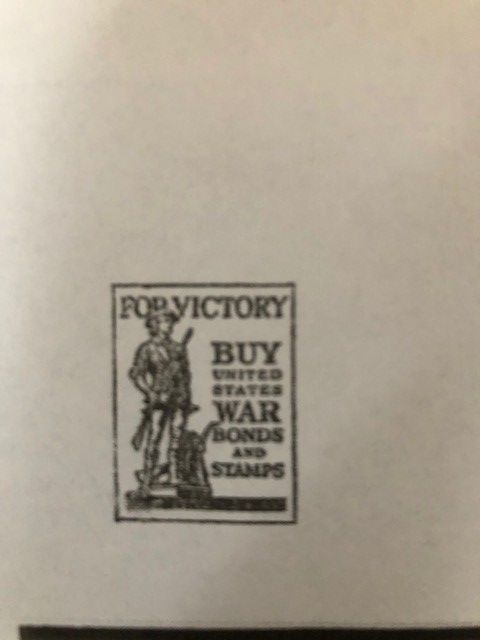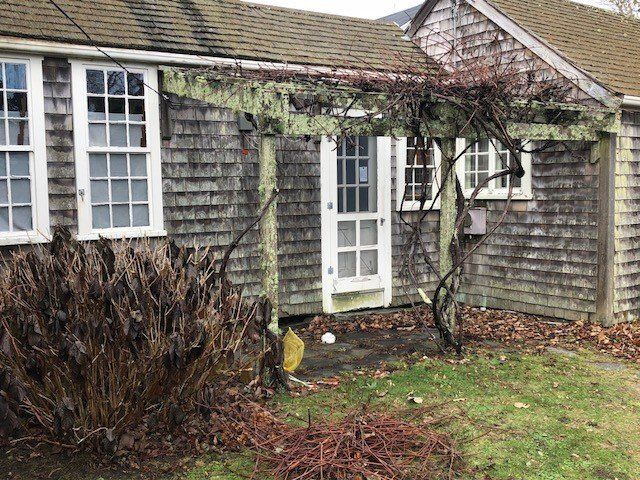The Nerve-Racking Deed
It may seem trivial but to me it wasn’t. It hung over my head for months. I walked under it every day knowing that I had to be the one to do it come late fall.
I’ve written about other aspects of it before. It’s the grapevine – believed to be a plant of Peleg Mitchell Jr’s – Maria Mitchell’s uncle who lived in the Mitchell House at 1 Vestal Street after the William and Lydia Mitchell family moved to the Pacific Bank. For all the years we had our landscaper, he would cut it back for us late each fall. We have a new landscaper who works alone so in a bid to help out his workload, I said I would cut it back. GULP!
I’m an okay gardener – I like messy gardens though. I don’t like everything to be all rowed up and lots of soil in between each plant. I tend to let plants grow where they spread and give a plant that isn’t doing very well way too much patience. Grapevines on an arbor? Not my thing.
So, I did some research. I found a good article in Fine Gardening – actually online. I like Fine Gardening , my Mom sends a subscription to me as a gift every year. (This is not an advertisement!). It took some careful reading and re-reading as the lovely images were sort of hard to follow but I think I got what they meant. I HOPE I got what they meant! ARGH!
So, I took out my trusty snips – that were too dull because I naughtily used them for oh, you know, cutting wire for tin lanterns we make in Mitchell House children’s programs – and took the first snip. I didn’t breathe. Actually, I pretty much clenched my jaw and didn’t breathe much except to talk to the grapevine – and Peleg – while trying to avoid the power line that is nearby. EEK!
It went by quickly. I piled up the vine pieces and cut them short to make it neater and easier to dispose of. I walked back. Sighed. Hoped I cut it correctly so that next year we have more grapes – or frankly still have the grapevine. I don’t want to be the curator who murdered it. I’d
never
forgive myself.
NEVER!
(I did take cuttings earlier to try and root them as I have the last few years. Hope they work again!)
JNLF
Recent Posts





